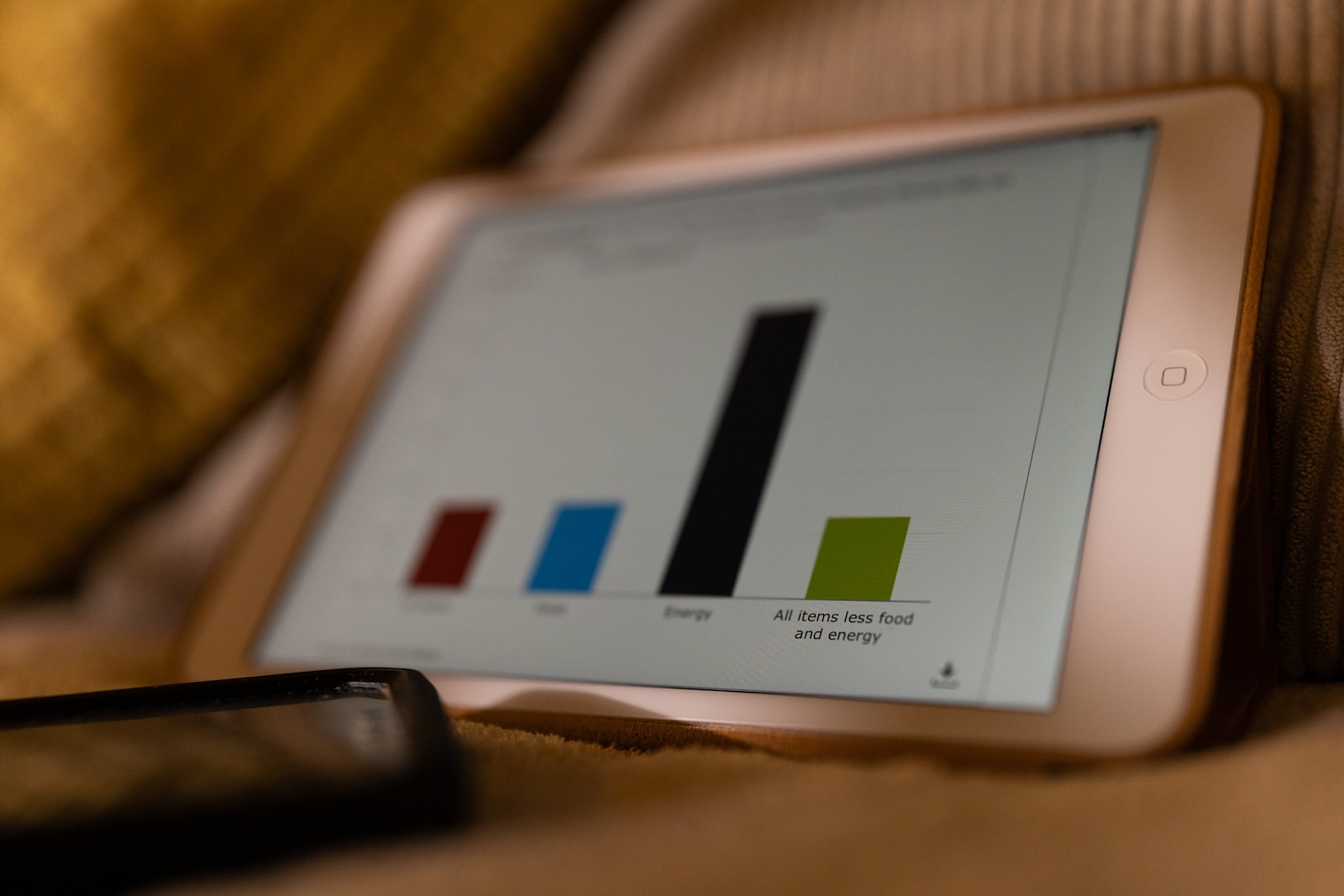The macro and micro environment have a significant impact on your business. Understanding these forces is critical to making smart decisions.
Rather than trying to forecast macroeconomic data, investors should understand the fundamental realities presented by microeconomic theory to grow their business and stay competitive. This is a much more straightforward task and presents far less potential for investment error.
Macroeconomic Factors
Macroeconomic factors are broader economic trends that impact the economy on a national scale. These include GDP, employment levels, and international trade. They are important to consider because they affect the entire economy and can have a large impact on investment decisions. Macroeconomic factors are often cyclical, so it is important to keep an eye on them and know when they are going to change.
Inflation is a major macroeconomic factor that can have an effect on investment decisions. A higher inflation rate can cause consumers to hold off purchasing goods and services, which can lead to a decrease in demand. This can increase the costs of businesses, which may force them to pass on higher prices to consumers or reduce their profit margins.
A high inflation rate can also increase the cost of borrowing, which can make it difficult for businesses to invest. This is why it is essential to keep an eye on macroeconomic indicators and make sure that your business is stable enough to invest.
This study checks the association between the macroeconomic factors and corporate investment using firm-level data for six GCC countries. It uses the generalized method of moments (GMM) approach to analyze the results. The results imply that increased inflation rate decreases the investment, while economic growth and financial development have a positive impact on it.
Interest Rates
A business cannot operate in a vacuum, and it is important to understand the macro-environment in which a company operates. Macro-environment factors are outside of a company’s control and include economic, demographic, natural forces, political, and socio-cultural factors. A business owner needs to be up to date on these forces in order to make the right decisions about his or her business.
Interest rates are a macro-environment factor that can significantly affect your company’s profitability. This is because interest rate changes can significantly increase or decrease the cost of borrowing money. Interest rates are set by central banks and can be either short-term or long-term. Short-term interest rates are usually used for loans that mature in under a year, such as money market funds, certificates of deposit, and Treasury bills. Long-term interest rates are typically used for loans that mature in more than a year, such as mortgages, credit cards, and home equity lines of credit.
Investors are often advised to ignore macroeconomic forecasts because they tend to be inaccurate. In addition, even experts in macroeconomics can misinterpret these forecasts. Therefore, it is better to focus on the fundamental realities presented in microeconomic theory, which has a far more solid track record of success. In this way, you can avoid the risk of making major investment mistakes.
Inflation
If you’ve been paying attention, you may notice that prices seem to be rising a lot lately—from gas at the pump to eggs at the supermarket. While economists debate what causes inflation, the basic idea is that when there is more money in the economy than there are goods and services to buy, this creates shortages and leads to price increases.
Mild inflation can actually be healthy for the economy and financial markets. It encourages consumers to make purchases rather than postpone them, which drives retailers to restock their shelves and manufacturers to keep their factories humming. This, in turn, creates more jobs and boosts incomes. This virtuous cycle leads to higher consumer demand, which allows firms to raise their prices more easily, and so on.
On the other hand, rising inflation can hurt people with savings, who see the purchasing power of their money erode over time. This is why many investors look at their investments in light of expected future inflation when making decisions. Assets with fixed cash flows, such as bonds and certificates of deposit, tend to perform poorly with rising inflation, while commodities and assets with flexible cash flows, like real estate, tend to outperform.
Investors also want to consider the possibility of “sticky” inflation, in which the rise in prices doesn’t wane but continues on an upward trend. This can hurt the profitability of businesses that have to pay more for their labor and other inputs, which can eat into profits.
Economic Growth
A country’s economic growth influences investment decisions because firms invest in their future production capacity. If the economy is booming, companies are likely to increase investments because they expect demand for their goods and services to grow. In contrast, if the economy is stagnating, firms may decide to cut back on investment.
The impact of economic growth on investment decisions can also be seen in the global balance sheet, which consists of real estate, equity, debt and currency and deposits. Between 2000 and 2021, valuations of assets like real estate and equity rose faster than GDP. In fact, the world’s total stock of “paper wealth” rose to $1.6 quintillion. For every dollar of net new investment, the value of assets increased by $1.90, as households took out mortgages, corporations leveraged their capital for mergers and acquisitions, and governments added debt.
The bottom line is that investors should ignore macroeconomic forecasts and make their own investment selections based on the fundamental realities presented in microeconomic theory. In doing so, they will have a greater chance of making the right investment decisions at the correct times. In addition, microeconomic analysis is a more well-established science with far fewer drawbacks than macroeconomics. It is a safer and more reliable approach to the study of markets, which can be very volatile.



Leave a Reply